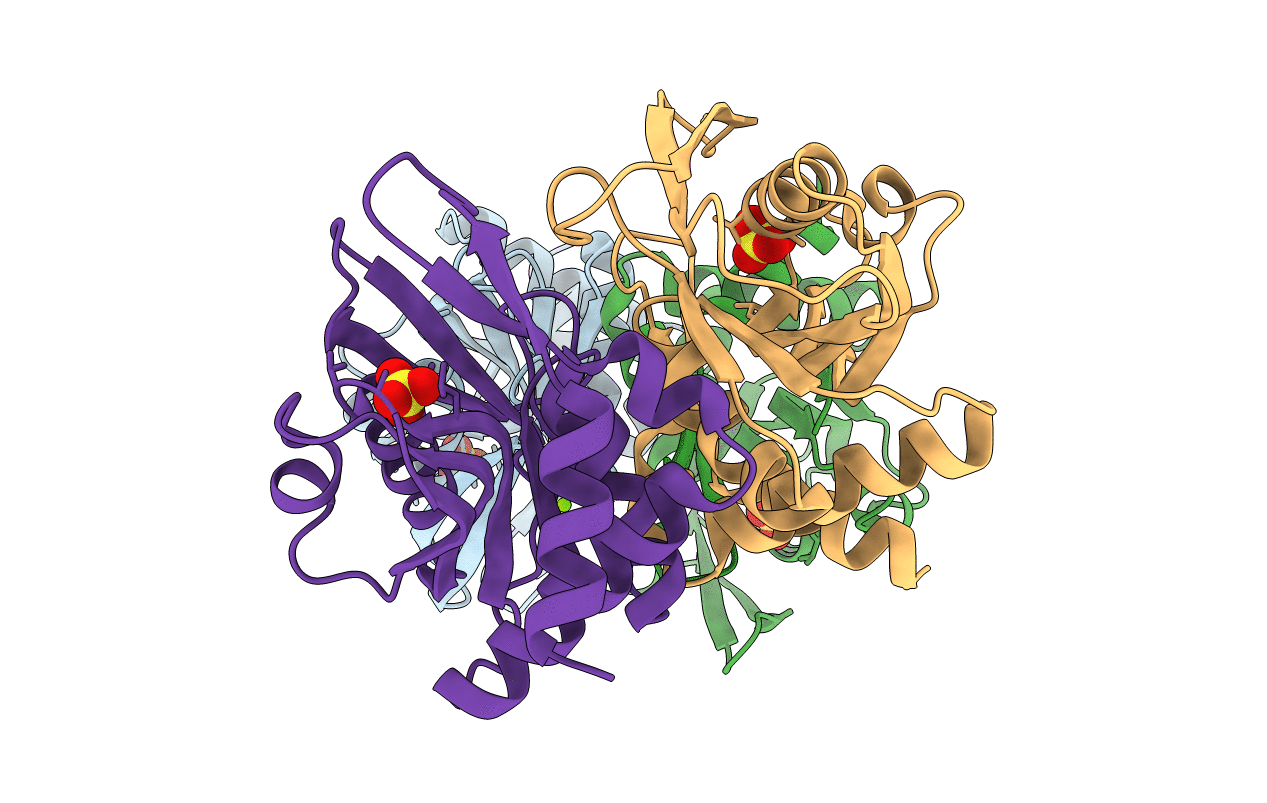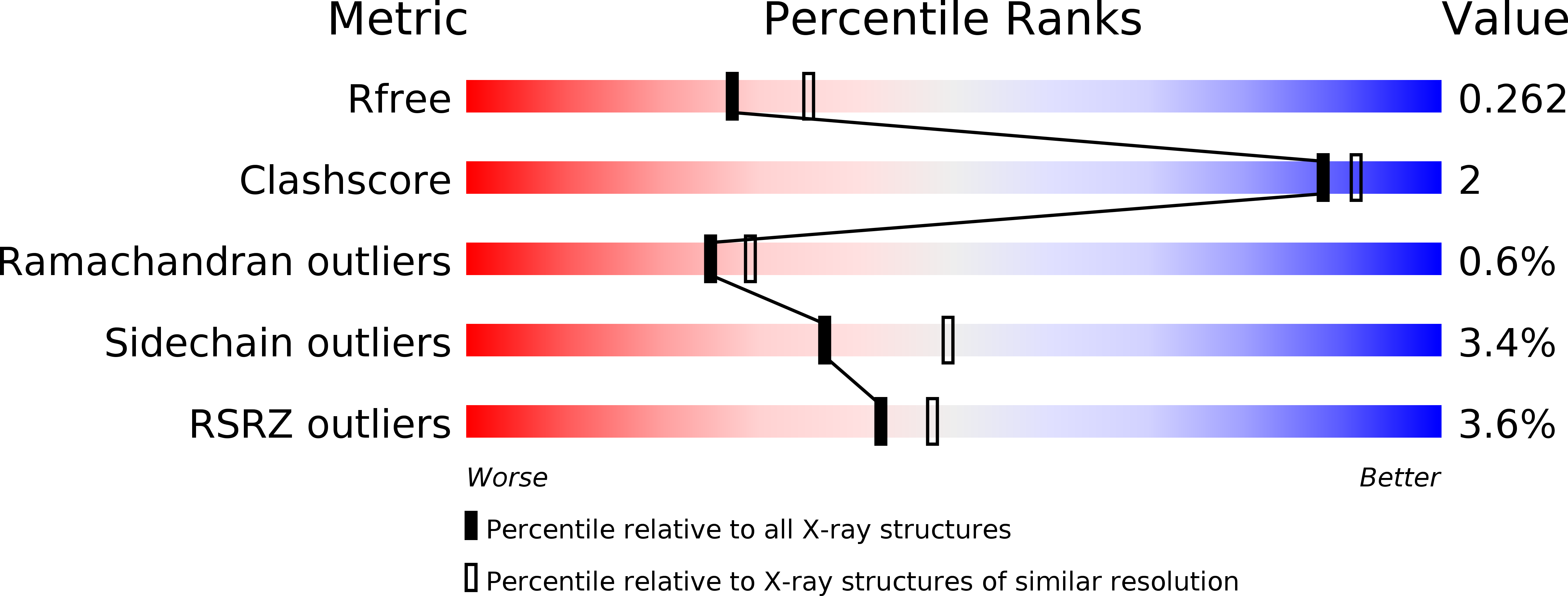
Deposition Date
2017-11-28
Release Date
2018-01-03
Last Version Date
2023-11-22
Entry Detail
PDB ID:
5YW2
Keywords:
Title:
Crystal structure of Adenine phosphoribosyltransferase from Francisella tularensis.
Biological Source:
Source Organism:
Francisella tularensis (Taxon ID: 263)
Host Organism:
Method Details:
Experimental Method:
Resolution:
2.28 Å
R-Value Free:
0.25
R-Value Work:
0.20
R-Value Observed:
0.20
Space Group:
P 21 21 21


